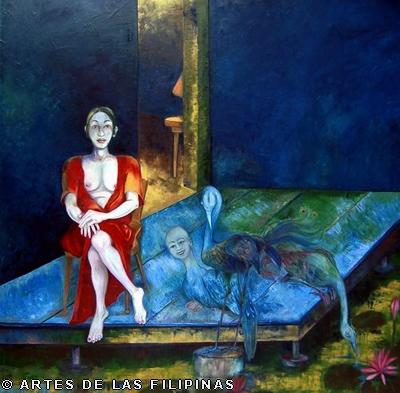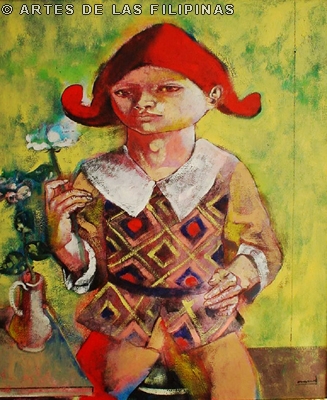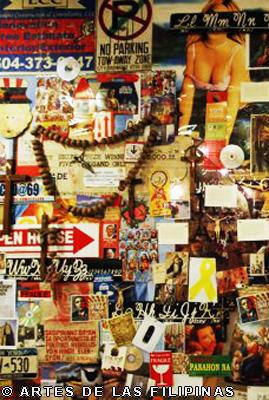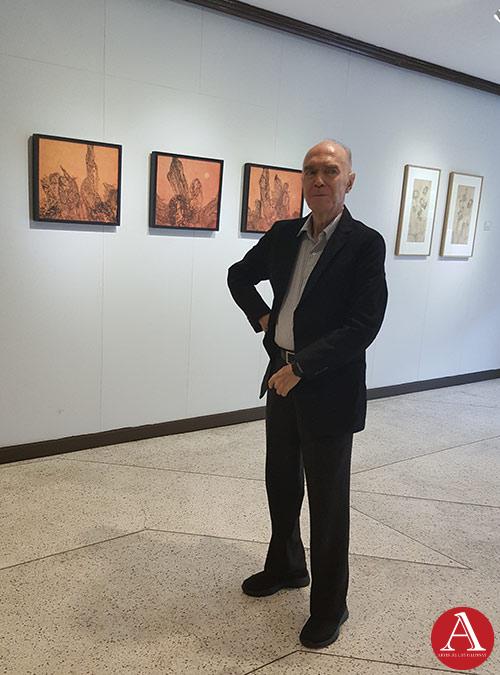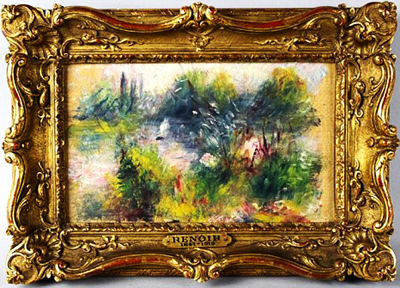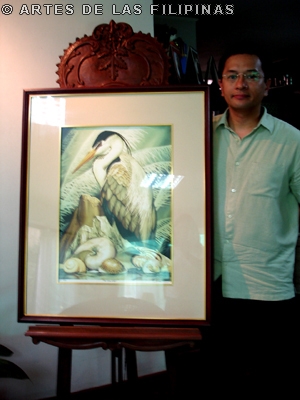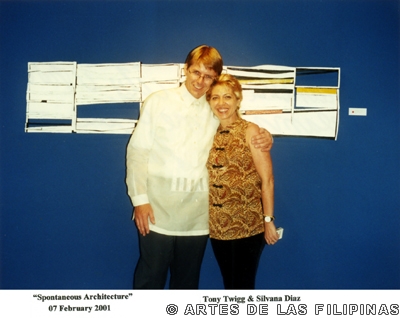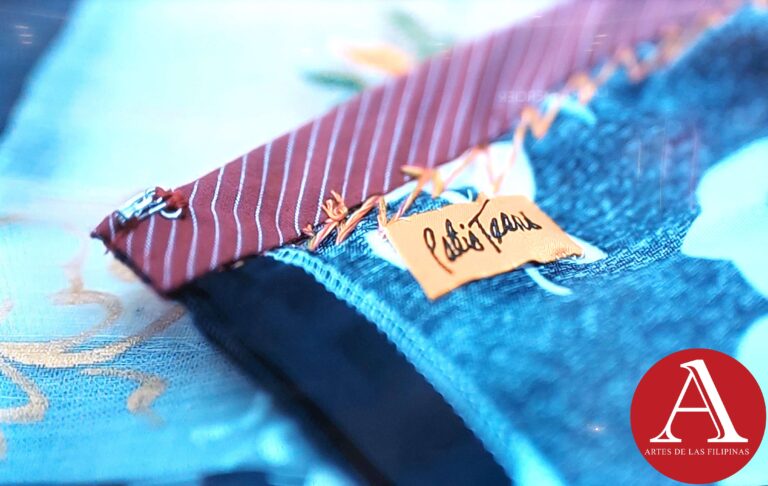ANTIQUE “SANTOS” ARE MUCH MORE THAN FOLK ART
March 2015–When the Spaniards arrived in the Philippines with sword and cross in hand some four centuries ago, they brought with them the art of religious image-making.
The first “santo” on Philippine soil was a small wooden image of the Infant Jesus, presented by the explorer Ferdinand Magellan in 1521 to Queen Juana in Cebu, after the Queen, Rasjah Humabon and their subjects had been baptized Christians. Today that gift, garbed in gold and glowing with jewels offered by the faithful, is venerated as the Santo NiÅ„o de Cebu in the Cathedral at Cebu City.
SAINTS IMAGE
As conversation to Catholicism grew throught the archipelago from the 16th century on, Filipino artisans turned away from producing idols and amulets and began to render images of Catholic saints.
The work required imagination, as well as skill in wood and ivory-carving; Filipino craftsmen were unfamiliar with their hierarchy of Catholic saints ang had to adapt European art forms alien to their cultural traditions, But as the Catholic faith became more deeply implanted in the islands, religious image-making became an authentically Filipino art.
That art flourished for nearly 300 years, all the way from the coming of the Spaniards until the turn of this century, when mass production techniques finally caught up with the guild artisans, and the beautiful “santos” of old came to be replaced by plaster-cast saints which could easily satisfy religious but not aesthetic santiments.
ART PIECES
Actually, it was not until the last decade or so that collectors began to look at “santos” as art pieces with real sculptural merit rather than merely as abjects of veneration. Sadly enough, this surge of interest in collecting “santos” deprived thousands of remote provincial churches of their treasures.
How was a poor provincial priest to realize that the wooden images that had been in his church for a hundred years or more could be of such great value? Wasn’t it better to sell the image and buy the hymn books, pews, altar furnishings or other things the church neede so badly? Unfortunately, the answer in many cases was yes, so that innumerable churches lost unmeasurable treasures.
In spite of all the interest in santos, only one study has been written on the subject: Fernando Zobel de Ayala”s Philippine Religious Imagery, published in 1963. Zobel, an abstract painter and one of the country’s foremost collectors of “santos” places the saintly images carved in the Philippines into three basic categories: the classical, the popular and the ornate.
CLASSICAL STYLE
The classical style consists of the images commissioned for colonial churches and carved under the direct supervision of the Spanish friars. Not unexpectedly, most of these derived from Spanish and Latin American models of the late Renaissance through the rococo period.
More surprisingly, many of these images bear traces of Chinese influence, specially in the cast of features and anatomical proportions. This was because a good proportion of the early artisans were immigrant Chinese. Classical “santos” were placed in hallowed niches and altars in churches.
Popular “santos” were generally created fr the private household altars of the faithful. Since the creation of these smaller images was free from ecclesiastical supervision, the Filipino artisan was able to give fuller rein to his imagination. Images of the Christ or the Virgin Mary took on distinctly Malay-looking features.
Shepherd boys who formed part of the Nativity scene might wear Mediterranean tunics, but they bore typical Filipino fruits- mangoes, papaya, santol, lanzones, etc.- as their gift to the Child Jesus. The brightly colored popular “santos” has an earthiness and vigor that reflected the lifestyle and aspiration of a pious, agrarian people.
The ornate “santos” a kind of Philippine baroque, are dismissed by Zobel as being expensive dolls rather than religious fugures. Pretty rather that beautiful, they often reflect the overrefined taste of the rich rather that the earnest peity ofthe poor.
Carving methods varied the the material used. Most “santos” were made of wood, the artisan having a choice of hard, meduim or soft wood, depending on whether he intended permanence, a smooth finish or ease in execution. Those done in hard wood were left unadorned, so the natural beauty of the wood could better show through.
Santos made of a meduim-hard wood were sometimes painted, sometimes not; those done in soft wood were were often liberally covered with gesso ( a mixture of plaster of Paris and glue) , to which gold or silver leaf was applied in quantities large enough to disguise an interior carving.
Sometimes a mixed meduim eas used; the body was made of wood while the face and hands were made of marble. Since the body was meant to be covered by rich robes, it was sometimes crudely carved.
NOTE: With no author to recognize, this article was reprinted from Wingtips, a quarterly inflight magazine in Philippine Airlines and re-appeared at Pamana 21 magazine, June 1976, a cultural quarterly published by the Cultural Center of the Philippines.


